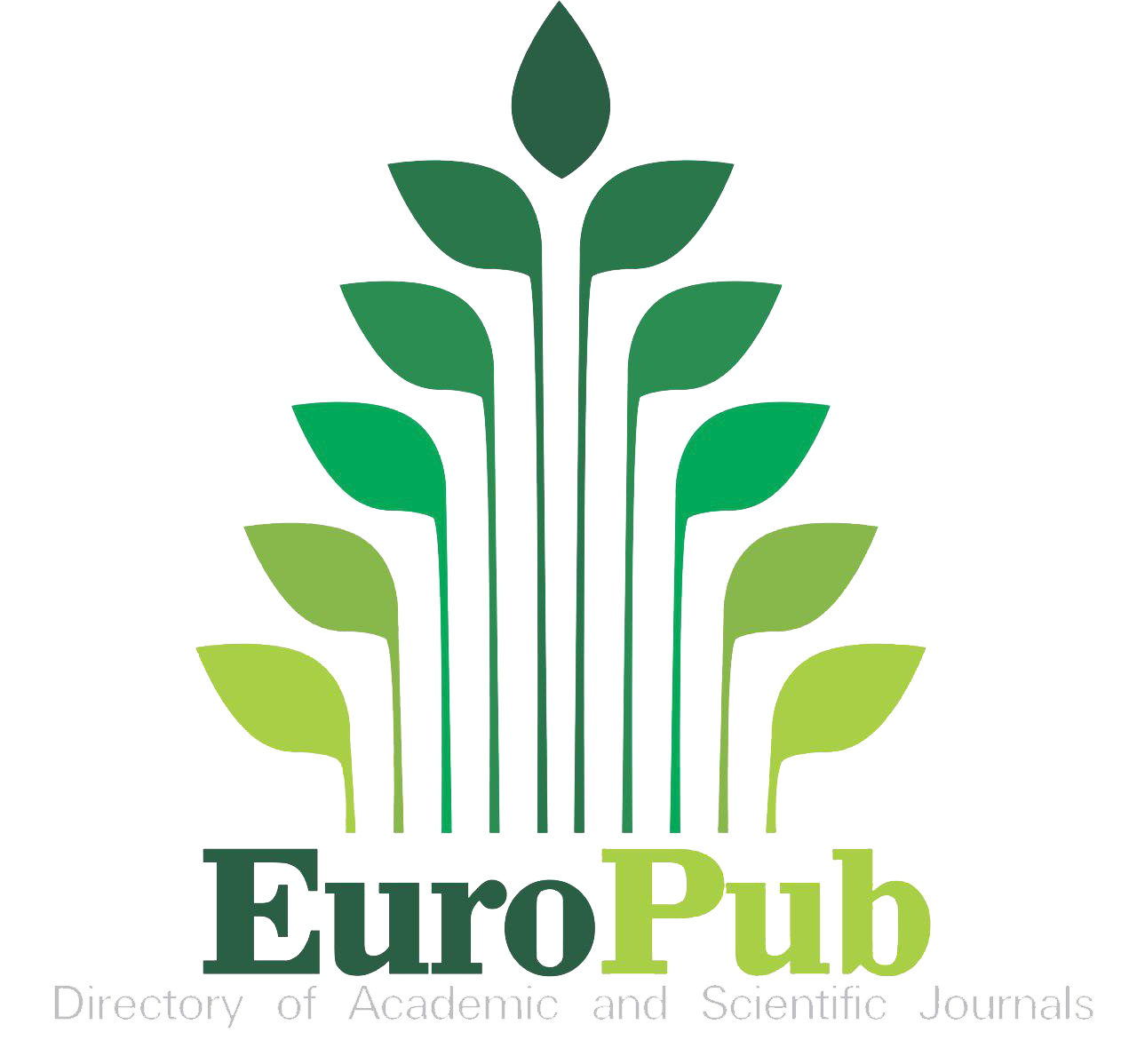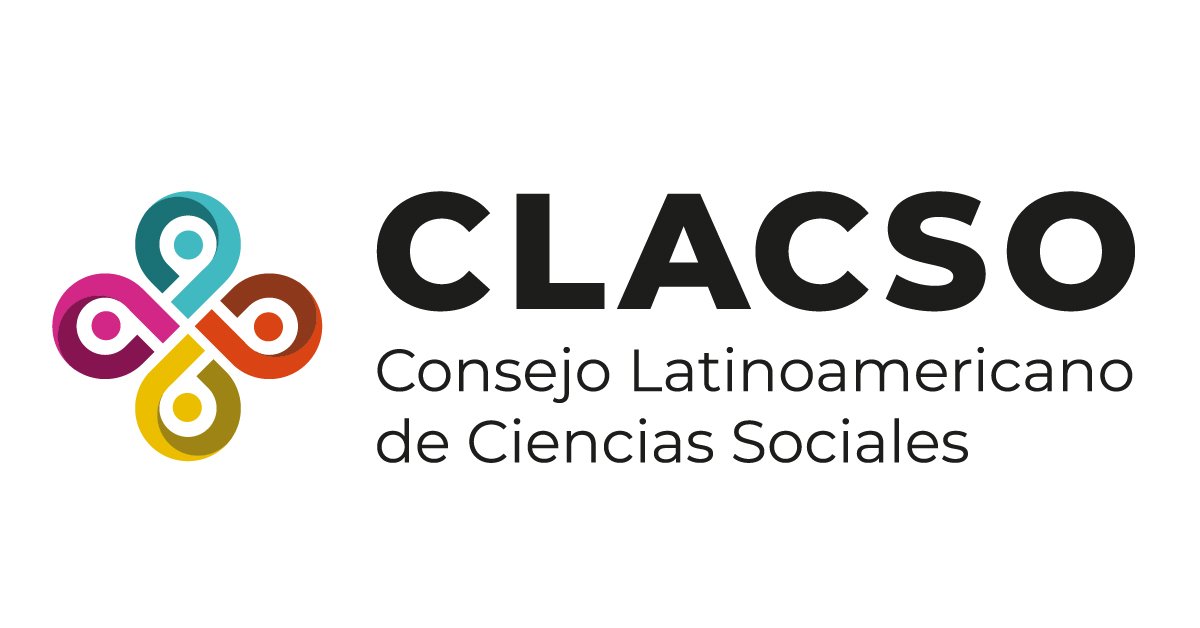Más allá de lo sublime: la Diuca de Alas Blancas y la fauna en los estudios de paisaje de alta montaña
Beyond the Sublime: the White-Winged Diuca finch and faunal Integration in High Mountain Landscape Studies
DOI:
https://doi.org/10.47069/estudios-ambientales.v13i1.2971Palabras clave:
paisaje de alta montaña, estética sublime, fauna andina, restauración ecológica, cambio climático, high mountain landscapes, sublime aesthetics, andean fauna, ecosystem restoration, climate changeResumen
Los paisajes de alta montaña combinan una estética sublime con funciones ecológicas esenciales. Este ensayo es una aproximación a repensar los estudios del paisaje, superando la tradicional subvaloración del componente faunístico, mediante el análisis del caso de la Diuca de Alas Blancas (Idiopsar speculifer), un ave que nidifica sobre glaciares andinos. Su singular comportamiento evidencia la necesidad de concebir los paisajes montañosos como sistemas complejos, dinámicos y especialmente vulnerables frente al cambio global. A partir de este enfoque, se plantean estrategias de conservación y restauración orientadas a proteger la fauna de alta montaña en un contexto de acelerado cambio climático. Esta perspectiva resulta clave para diseñar políticas ambientales más eficaces, que reconozcan el papel activo de los animales en la configuración, el funcionamiento y la percepción del paisaje. Solo así será posible garantizar tanto la preservación de la biodiversidad como la resiliencia y funcionalidad de los ecosistemas de montaña.
Abstract
High-mountain landscapes combine sublime aesthetics with essential ecological functions. This essay proposes a rethinking of landscape studies by addressing the often-overlooked role of fauna, using the White-winged Diuca Finch (Idiopsar speculifer), a bird that nests on Andean glaciers, as a case study. Its unusual nesting behavior highlights the need to understand mountain landscapes as complex, dynamic systems highly vulnerable to global change. From this approach, this essay proposes conservation and restoration strategies focused on high-mountain fauna in the context of an accelerating climate change, since recognizing the active role of animals in shaping, functioning, and experiencing landscapes is essential to developing more effective environmental policies. Such an integrated approach is vital to preserving biodiversity and ensuring the resilience and functionality of mountain ecosystems.
Citas
Aponte, G., Escobar, L., & Molina, C. (2018). Exploración de metodologías para la valoración del paisaje. Aproximación al diseño de una metodología propia1. Bitacora Urbano Territorial, 28(1), 43–58. https://doi.org/10.15446/bitacora.v28n1.56700
Aronson, J., Goodwin, N., Orlando, L., Eisenberg, C. & Cross, A. (2020), A world of possibilities: six restoration strategies to support the United Nation's Decade on Ecosystem Restoration. Restor Ecol, 28: 730-736. https://doi.org/10.1111/rec.13170
Barrasa, S. (2007). El paisaje en América Latina. Experiencia de valoración participada de paisajes visuales para la planificación ambiental de La Habana, Cuba. Tesis doctoral. Universidad Autónoma de Madrid, España. http://hdl.handle.net/10486/2455
Bastin, J., Finegold, Y., Garcia, C., Mollicone, D., Rezende, M., Routh, D., Zohner, C., & Crowther, T. (2019). The global tree restoration potential. Science, 365(6448), 76–79. https://doi.org/10.1126/science.aax0848
Bilbao, N. & Faria, S. (2021). El cambio climático en la alta montaña. Una perspectiva internacional con una mirada a los Pirineos. Metode Science Studies Journal. https://doi.org/10.7203/metode.12.20509
Bogatinoska, B., Lansu, A., Hugé, J., Muhammad, Ali., Dekker, S. & Stoorvogel, J. (2024). Analysing landscape multi-functionality by integrated modelling. Environmental Modelling & Software, 179. https://doi.org/10.1016/j.envsoft.2024.106116
Botting, I., Ascensão, F., Navarro, L., Paniw, M., Tablado, Z., Román, J., Revilla, E. & D'Amico, M. (2025). The road to success and the fences to be crossed: considering multiple infrastructure in landscape connectivity modelling. Wildlife Biology e01187. https://doi.org/10.1002/wlb3.01187
Burke, E. (2023). Indagación sobre el origen de nuestras ideas acerca de lo sublime y de lo bello, Trad. Carlota Fernández-Jáuregui Rojas. Madrid: Tecnos Editorial.
Carboneras, C., Jutglar, F. & Kirwan, G. (2018). Snow Petrel (Pagodroma nivea). En: del Hoyo, J., Elliott, A., Sargatal, J., Christie, D. & de Juana, E. (eds.). Handbook of the Birds of the World Alive. Barcelona. https://www.hbw.com/node/52518
Cárdenas, T., Naoki, K., Landivar, C., Struelens, Q., Gómez, M., Meneses, R., Cauvy, S., Anthelme, F. & Dangles, O. (2022). Glacier influence on bird assemblages in habitat islands of the high Bolivian Andes. Diversity and Distributions, 28, 242–256. https://doi.org/10.1111/ddi.13458
Coloane, F. (2002). Tierra del Fuego: Narraciones. Santiago de Chile: Lom Ediciones.
Convención sobre los Humedales (2022). Nota Informativa N.º 13: Los humedales y la agricultura: impactos de las prácticas agrícolas y vías hacia la sostenibilidad. Gland (Suiza): Secretaría de la Convención sobre los Humedales. https://www.ramsar.org/sites/default/files/documents/library/bn13_agriculture_s.pdf
Convenio Europeo del Paisaje. Textos y comentarios. (2007). Madrid: Ministerio de Medio Ambiente
Christin, S., Hervet, É. & Lecomte, N. (2019). Applications for deep learning in ecology. Methods in Ecology and Evolution, 10(10), 1632–1644. https://doi.org/10.1111/2041-210X.13256
Cruz, A., García-del-Amo, D., Junqueira, A., Schunko, C., Álvarez-Fernández, S., & Reyes, V. (2025). Indigenous peoples and local community reports of climate change impacts on biodiversity. Conservation Biology. https://doi.org/10.1111/cobi.70033
Descamps, S., & Ramírez, F. (2021). Species and spatial variation in the effects of sea ice on Arctic seabird populations. Diversity and Distributions, 27, 2204–2217. https://doi.org/10.1111/ddi.13389
Edelsparre, A., Fitzpatrick, M., Saastamoinen, M. & Teplitsky, C. (2024). Evolutionary adaptation to climate change. Evolution letters, 8(1), 1–7. https://doi.org/10.1093/evlett/qrad070
García, M. (2018). La conservación de glaciares y humedales como ecosistemas proveedores de agua dulce a través del SINAP. En La conservación de la naturaleza: Su régimen jurídico en Colombia y España (pp. 85-115). Bogotá: Universidad Externado de Colombia. https://dialnet.unirioja.es/servlet/articulo?codigo=6939339
Gómez, J. & Villalobos, F. (2018). Montañas: cómo se definen y su importancia para la biodiversidad y la humanidad. CIENCIA ergo-sum, 27 (2). https://doi.org/10.30878/ces.v27n2a9
Gurrutxaga, M. & Lozano, P. (2009). Función y estructura de los corredores ecológicos, una revisión para su implementación dentro de la ordenación y gestión del paisaje. Ecología, 22:11-21. https://www.researchgate.net/publication/308793909
Haider, S., Lembrechts, J.,J., McDougall, K., Pauchard, A., Alexander, J. M., Barros, A., Cavieres, L. A., Rashid, I., Rew, L. J., Aleksanyan, A., Arévalo, J. R., Aschero, V., Chisholm, C., Clark, V. R., Clavel, J., Daehler, C., Dar, P. A., Dietz, H., Dimarco, R. D., … Seipel, T. (2022). Think globally, measure locally: The MIREN standardized protocol for monitoring plant species distributions along elevation gradients. Ecology and Evolution, 12, https://doi.org/10.1002/ece3.8590
Hardy, D. & Hardy, S. (2008). White-Winged Diuca Finch (Diuca speculifera) Nesting on Quelccaya Ice Cap, Perú. The Wilson Journal of Ornithology, 120(3), 613–617. http://www.jstor.org/stable/20456201
Ikin, K., Barton, P., Blanchard, W., Crane, M., Stein, J., & Lindenmayer, D. (2019). Avian functional responses to landscape recovery. Proceedings of the Royal Society B: Biological Sciences, 286(1914), 20190114. https://doi.org/10.1098/rspb.2019.0114
Jacques, A., Cubillos, G., & Ibarra, J. (2019). The Andean Condor as bird, authority, and devil: an empirical assessment of the biocultural keystone species concept in the high Andes of Chile. Ecology and Society, 24(2). https://www.jstor.org/stable/26796956
Krishna, B., Kondle, P., & Vankdothu, R. (2024). Automated system for identifying bird species. African Journal of Biological Sciences, 6(Si2), 367–385. https://doi.org/10.33472/AFJBS.6.Si2.2024.367-385
Landázuri, O., Tinoco, B., Espinosa, C., Jiménez-Franco, M., & Robledano, F. (2024). Effects of landscape composition and configuration on Andean birds are influenced by spatial scale. Forest Ecology and Management, 563, 121960. https://doi.org/10.1016/j.foreco.2024.121960
Levy, L. (2022). Percepciones locales de los impactos del cambio climático y adaptaciones entre los agricultores de montaña de Sierra Nevada, España. Tesis (Master), E.T.S. de Ingeniería Agronómica, Alimentaria y de Biosistemas (UPM). https://oa.upm.es/71147/
Martin, M., Delheimer, M., Moriarty, K., Early, D., Hamm, K., Pauli, J., Mcdonald, T., & Manley, P. (2022). Conservation of rare and cryptic species: Challenges of uncertainty and opportunities for progress. Conservation Science and Practice, 4(11). https://doi.org/10.1111/csp2.12809
Martínez de Pisón, E. (2010). Saber ver el paisaje. Estudios Geográficos, 71(269), 395–414. https://doi.org/10.3989/estgeogr.201013
Ministerio del Medio Ambiente. (2022). Estrategia Nacional de Conservación de Aves 2021–2030. Gobierno de Chile. https://mma.gob.cl/wp-content/uploads/2022/06/Estrategia-Nacional-de-Conservacio%CC%81n-de-Aves-2021-2030.pdf
Merenlender, Adina M., Keeley, Annika T. & Hilty, J. (2022). Ecological corridors for which species?. Therya, 13(1), 45-55. https://doi.org/10.12933/therya-22-1162
Møller, A. (1992). Nest Boxes and the Scientific Rigour of Experimental Studies. Oikos, 63(2), 309–311. https://doi.org/10.2307/3545393
Opertti, E. (2023). Enfoque del paisaje en los procesos de planificación del territorio. Revista Pensum, 9 (11), 36-51. https://doi.org/10.59047/2469.0724.v9.n11.39654
Perrow, M., & Davy, A. (Eds.). (2002). Handbook of ecological restoration: Vol. 1. Principles of restoration. Cambridge: University Press.
Ruiz, M., & Aide, T. (2005). Vegetation structure, species diversity, and ecosystem processes as measures of restoration success. Forest Ecology and Management, 218(1-3), 159–173. https://doi.org/10.1016/j.foreco.2005.07.008
Russell, J. (2019). "Chapter 16 The Sublime Landscape". En Perspectives on Happiness. Leiden, The Netherlands: Brill. https://doi.org/10.1163/9789004395794_018
Russo, R. (2020). Restauración funcional de la ecología de paisajes: una revisión reflexiva. Difusiones, 19(19), 65–73. http://revistas.ucse.edu.ar/ojsucse/index.php/difusiones/article/view/85
Saadaoui, I., Bryant, C., Rejeb, H., & Petrişor, A. (2018). Biodiversity conservation and strategies of public awareness, case study: The natural landscape of central Tunisia. Present Environment and Sustainable Development, 12(2), 197–212. https://doi.org/10.2478/pesd-2018-0045
SER, Society for Ecological Restoration International–Sciense & Policy Working Group. (2004). Principios de SER International sobre la restauración ecológica. Recuperado de www.ser.org/resource/resmgr/custompages/publications/SER_Primer/ser-primer-spanish.pdf
Serrano, J. (2017). La inclusión de la fauna en los estudios de paisaje: Enfoques conceptuales, propuesta metodológica y aplicación práctica a tres escalas espaciales. Tesis doctoral. Universidad de Granada, España. http://hdl.handle.net/10481/48611
Shackeroff, M. & Campbell, L. (2007). Traditional Ecological Knowledge in Conservation Research: Problems and Prospects for their Constructive Engagement. Conservation and Society, 5(3), 343–360. http://www.jstor.org/stable/26392893
Silliman, B., Hensel, M., Gibert, J., Daleo, P., Smith, C., Wieczynski, D., Angelini, C., Paxton, A., Adler, A., Zhang, Y., Altieri, A., Palmer, T., Jones, H., Gittman, R., Griffin, J., O’Connor, M., van de Koppel, J., Poulsen, J., Rietkerk, M., He, Q., Bertness, M., van der Heide, T., & Valdez, S. (2024). Harnessing ecological theory to enhance ecosystem restoration. Current Biology, 34(9).https://doi.org/10.1016/j.cub.2024.03.043
Sinthumule, N. (2023), Traditional ecological knowledge and its role in biodiversity conservation: a systematic review. Frontiers in Environmental Science, 11:1164900. https://doi.org/10.3389/fenvs.2023.1164900
Steinitz, C. (2001). Visual evaluation models: some complicating questions regarding
memorable scenes. Landscape and Urban Planning, 54 (1–4), 283-287. https://doi.org/10.1016/S0169-2046(01)00142-6
Sutherland, D., Dann, P. & Jessop, R. (2014). Evaluation of artificial nest sites for long-term conservation of a burrow-nesting seabird. The Journal of Wildlife Management, 78: 1415-1424. https://doi.org/10.1002/jwmg.783
Teglhøj, P. (2018). Artificial nests for Barn Swallows Hirundo rustica: a conservation option for a declining passerine? Bird Study, 65(3), 385–395. https://doi.org/10.1080/00063657.2018.1516192
Timmers, R., van Kuijk, M., Verweij, P. A., Ghazoul, J., Hautier, Y., Laurance, W. F., Arriaga-Weiss, S., Askins, R., Battisti, C., Berg, Å., Daily, G., Estades, C., Frank, B., Kurosawa, R., Pojar, R., Woinarski, J., & Soons, M. (2022). Conservation of birds in fragmented landscapes requires protected areas. Frontiers in Ecology and the Environment, 20(6), 361–369. https://doi.org/10.1002/fee.2485
Urban, M. (2024). Climate change extinctions. Science, 386(6726), 1123–1128. https://doi.org/10.1126/science.adp4461
Watson, J. E. M., Evans, T., Venter, O., Williams, B., Tulloch, A., Stewart, C., … Ray, J. C. (2018). The exceptional value of intact forest ecosystems. Nature Ecology & Evolution, 2, 599–610. https://doi.org/10.1038/s41559-018-0490-x repository.si.edu+2
Zhang, L., Ma, X., Chen, Z., Wang, C., Liu, Z., Li, X., & Xing, X. (2023). Negative effects of artificial nest boxes on birds: A review. Avian Research, 14, 100101. https://doi.org/10.1016/j.avrs.2023.100101














